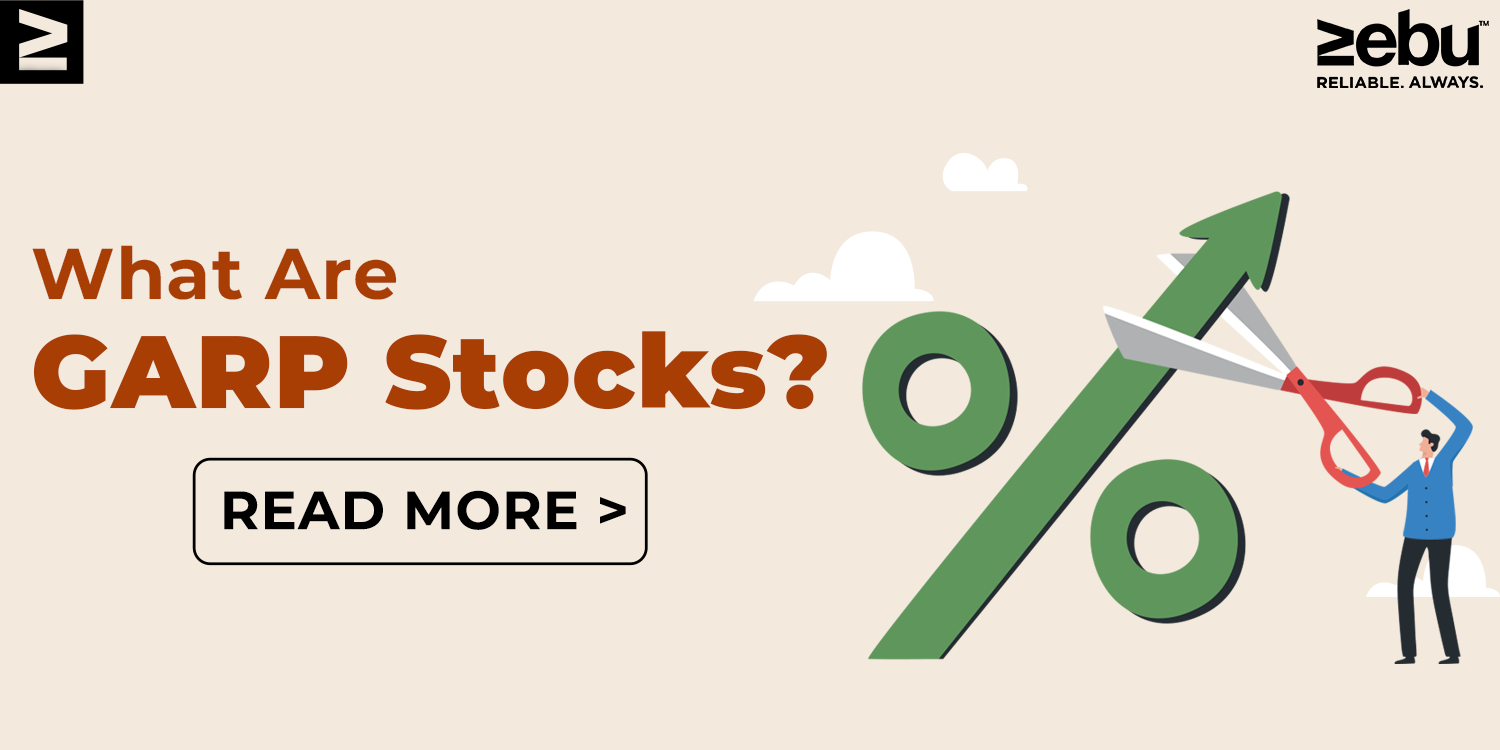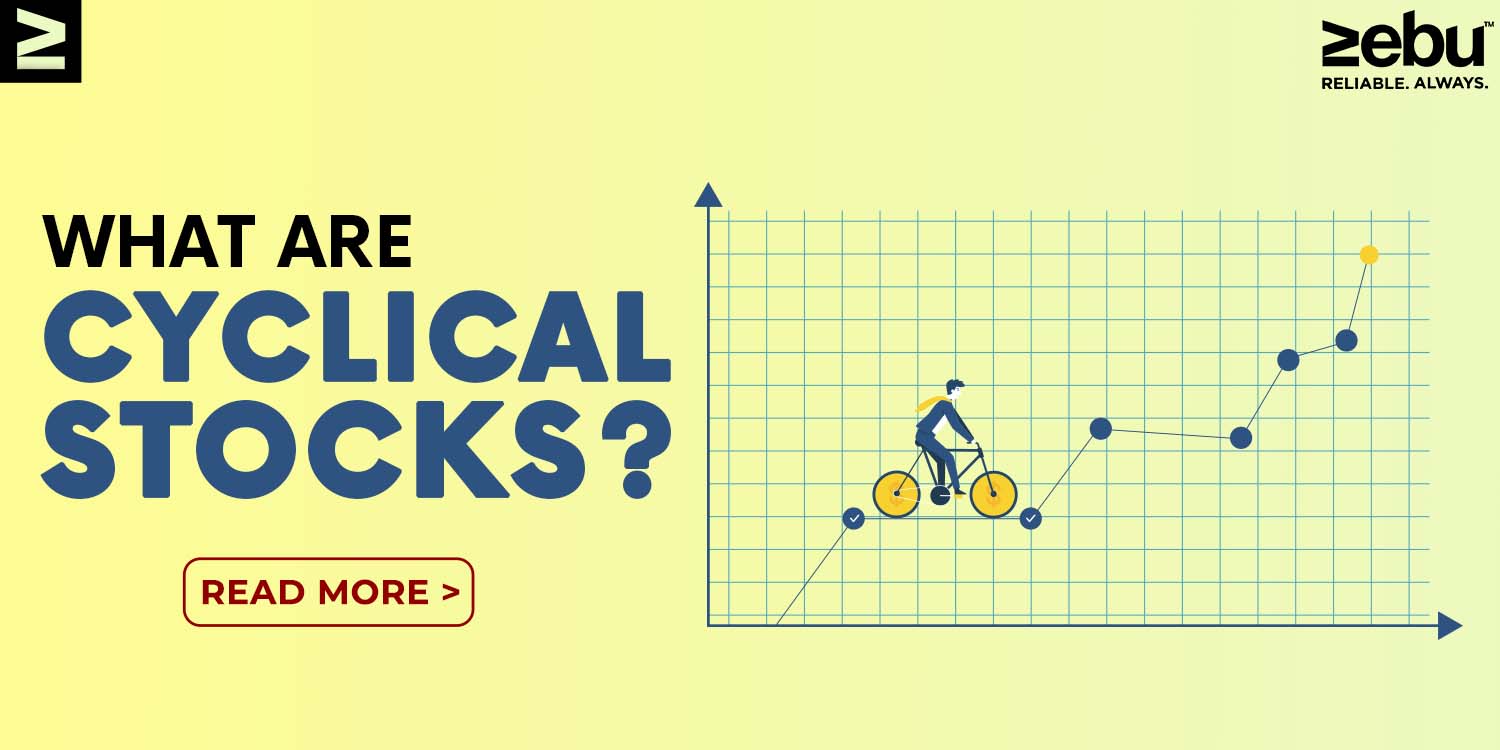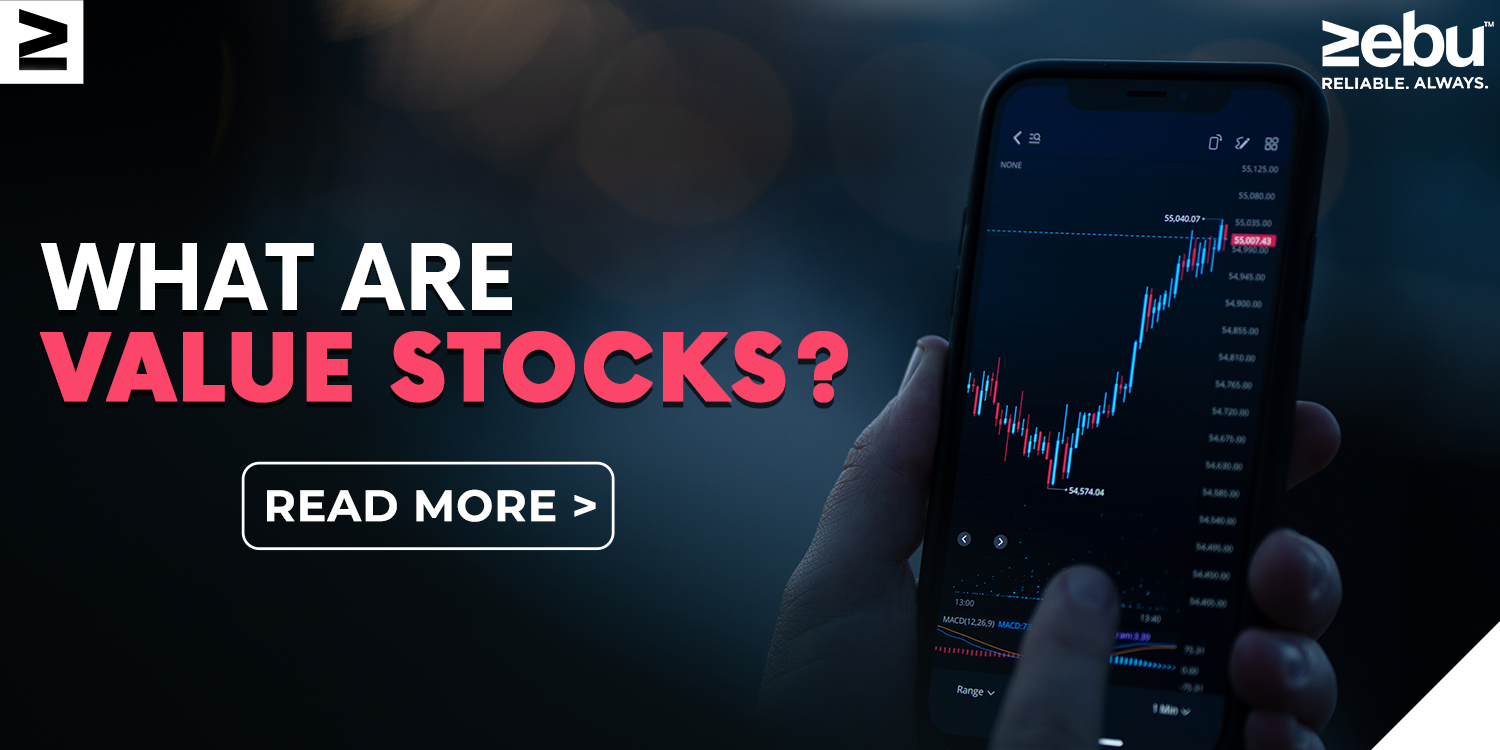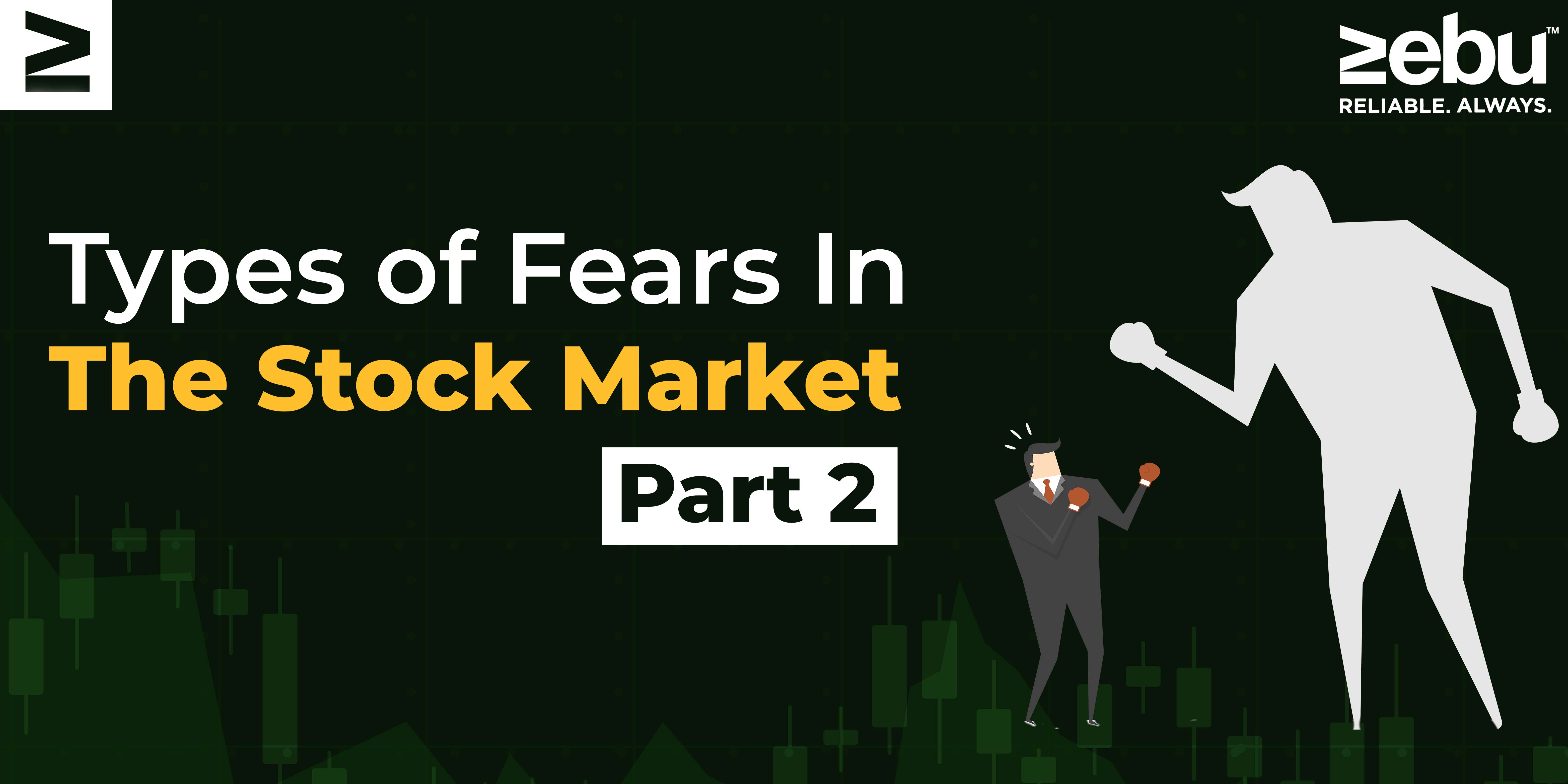
No single investment strategy is perfect. No single investment strategy is the “end-all, be-all” answer to all of your needs. Because of this, investors often mix and match two or more investment strategies to find a combination that works for them.
This mix gives the investor a benefit in one of two ways. First, it can be done by combining the good things about the different strategies so that the good things outweigh the bad things. In a second way, one or both of the strategies that make up the combination cancel out the problems of the other strategy.
One way to invest in more than one type of stock is called GARP. Growth at a fair price is what GARP stands for. GARP is an investment strategy that combines Value Investing and Growth Investing to give an investor “the best of both worlds”.
So, to understand the GARP strategy better, we must first learn about Value Investing and Growth Investing. So let’s get down to business.
Value Investing
Value investing is like getting a good deal when you shop.
Let’s say you go out to buy something, anything. You can buy a low-quality product for a low price, or you can buy a well-made product that is more expensive than the low-quality product but less expensive than the regular market price of the good. Which one do you want?
Clearly, the second one is the winner. Yes, it would cost more than the low-quality product, but the fact that it would be better and cost less than usual makes up for the price difference.
Well, value investing is when you buy shares in companies that are strong at their core, which means they run their business well. Share prices that are higher than, say, penny stocks are a natural result of this performance. Because of this, you buy these shares when their prices are lower than what they should be. As the market straightens out, the share price will rise to what it should be, and the investor will enjoy capital appreciation.
Value investing usually involves buying shares of companies that have been around for a long time and have a strong position in the market because of how they do business.
The idea behind value investing is also that the efficient market hypothesis is not true. This means that shares can be overvalued or undervalued because their prices don’t reflect all the market conditions and facts that affect their prices.
Value investors try to figure out what a share’s fair value or “intrinsic value” is. An investor can use a number of different fundamental analytics, but Price to Book (P/B) Ratio, Price to Earnings (P/E) Ratio, and Free Cash Flow are some of the most common ones.
Growth Investing
Growth investing is a way to make money by letting the value of your investments go up. This capital growth happens because the company, whose shares are called “growth stocks,” has new technology and services that help the business run.
Access to newer technology and services gives the business an edge, which means it can make more money than its competitors in the industry or even in the market as a whole. Most of the time, the extra money doesn’t go to the shareholders. Instead, it goes back into the company’s capital to give it more resources to use the better technology and services.
There are two main ways in which growth investing is different from value investing. First, growth stocks usually belong to new companies that have a lot of room to grow because they are in markets that haven’t been fully explored yet. Because of this, these stocks are a riskier bet than those that are based on value.
Another difference is that growth stocks are often overvalued because of their high demand, which comes from the fact that they have a higher chance of making money. When it comes to investing in stocks for growth, investors pay attention to five key things about the stock in question. These are the company’s past and future earnings growth, its profit margins, its return on equity, and the performance of its stock price.
Investing in GARP
GARP stocks are mostly growth stocks that have been put through some value investment stock filters.
This means that investors are looking for stocks with high growth rates to add to their portfolios. The price of the share affects how value investing affects how stocks are chosen. This means that a GARP stock is a growth stock that is undervalued.
GARP investing doesn’t have any rules about what metrics investors should look for when buying shares of a company. The Price/Earnings to Growth (PEG) ratio is an important metric for this strategy. If the ratio is less than 1, the price is in line with the growth of the business and not too high, like with growth stocks.
Filtered Goodness
As was already said, no investment plan is perfect. So investors shouldn’t put any of the above strategies on a pedestal that is too high. The GARP investing strategy is a mix of ideas that has become popular because it works better than other mixes. This doesn’t mean that any of the less popular strategies are less useful or that GARP isn’t a good filter.
So, investors should always do their homework and use or ignore pre-made strategies based on their goals, risk tolerance, time horizons, and many other factors. Do you use any combinations of investing styles or strategies that have worked well for you?








